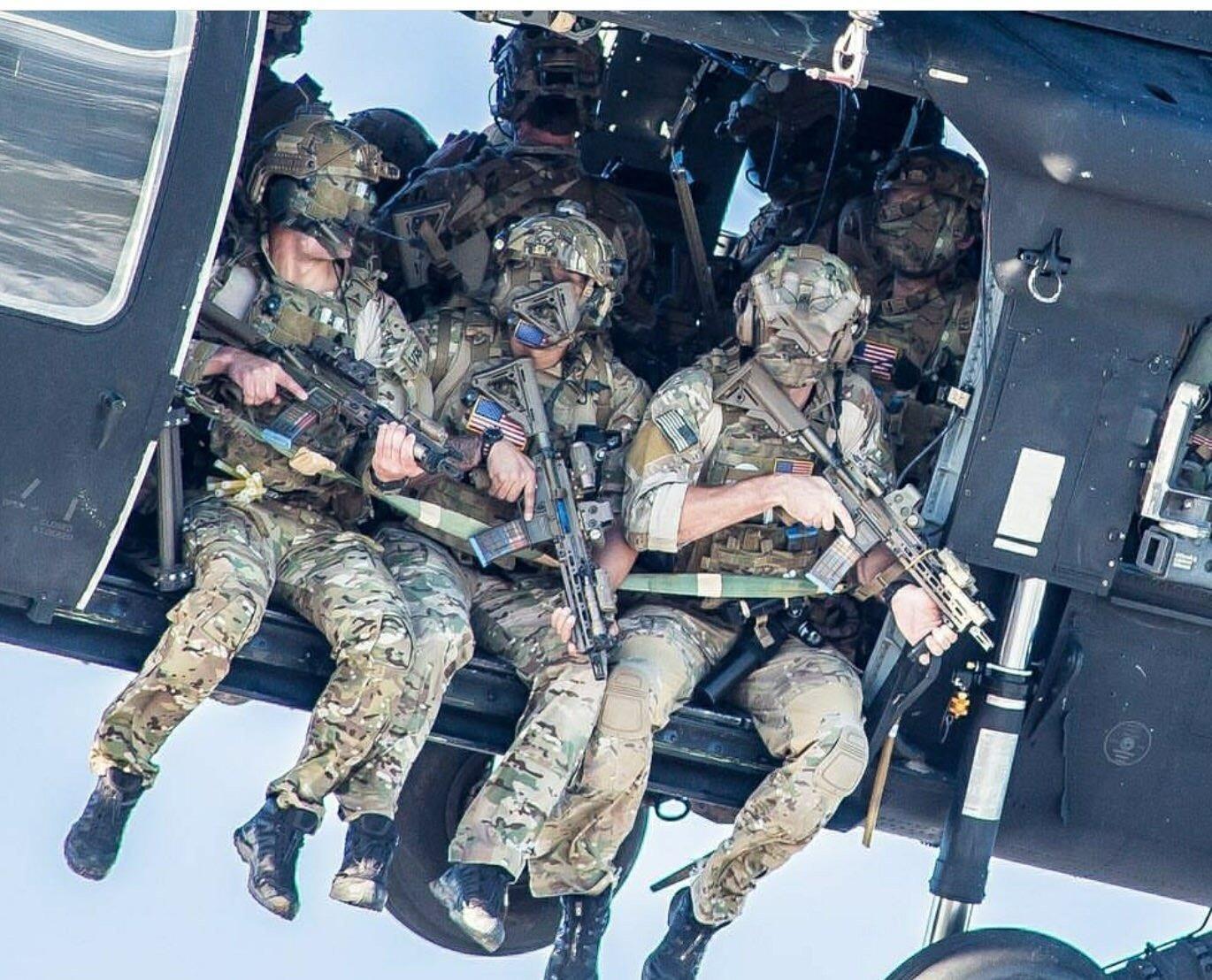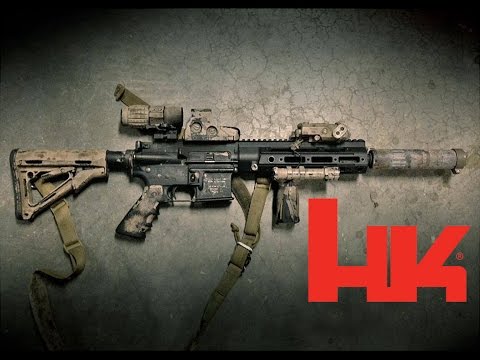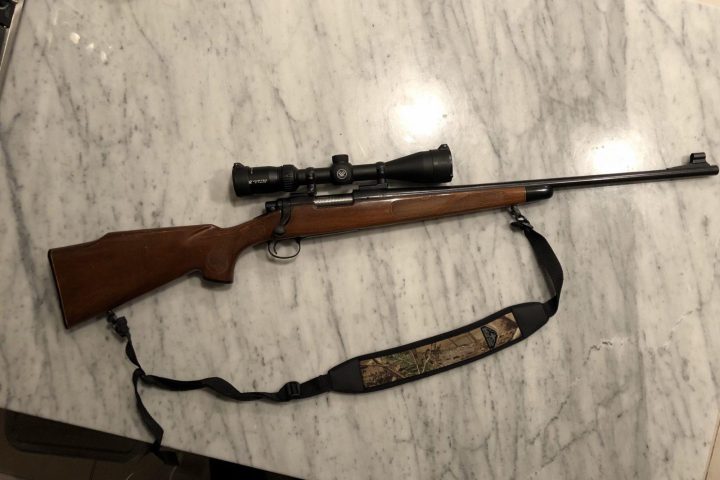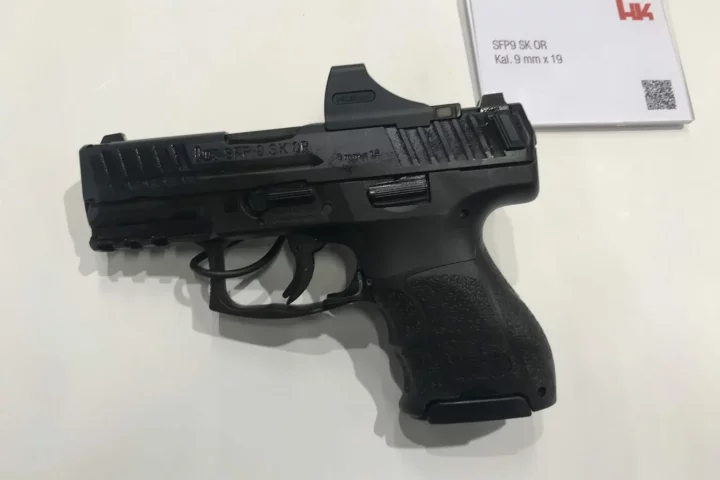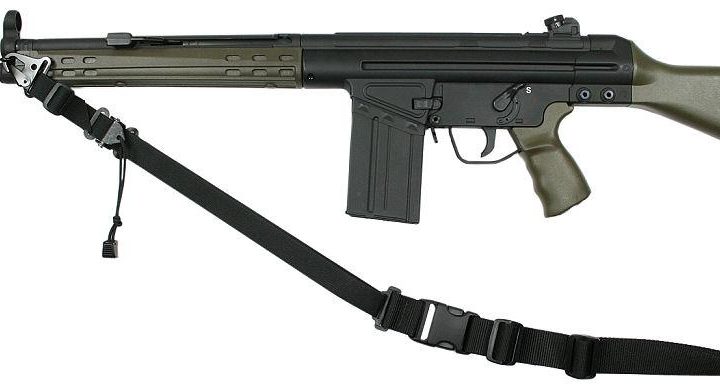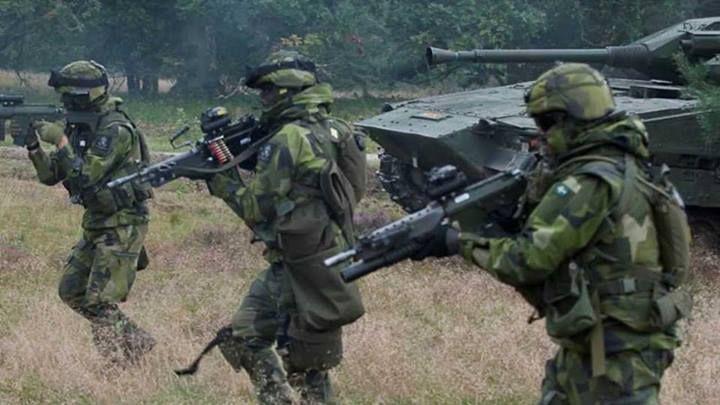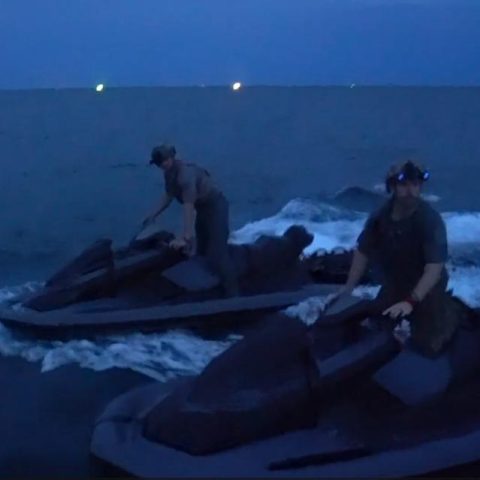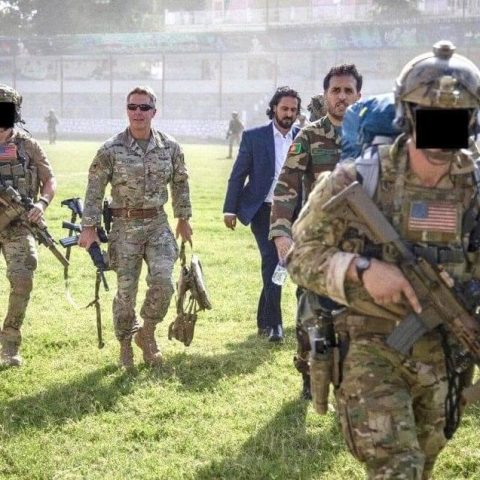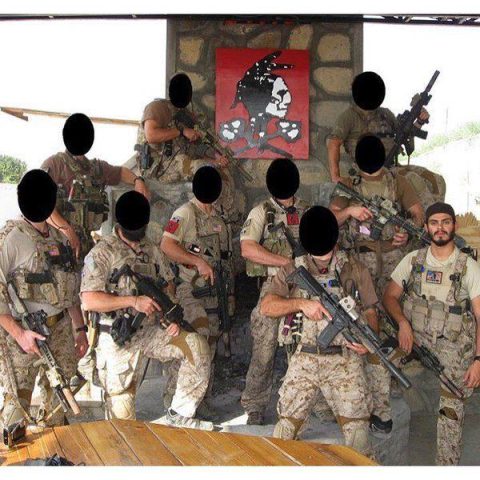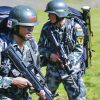The Heckler & Koch HK416 is a German assault rifle in 5.56 x 45 mm NATO caliber. Its design was based on the Colt M4 carbine, but it is improved in relation to the M4 carbine with the inclusion of a short-stroke gas piston system.
Currently, it is one of the most popular assault rifles among special operations forces operators. It is a favorite rifle among Delta Force and DEVGRU operators. According to the information available, HK416 was the weapon used by SEAL Team 6 to kill Osama bin Laden in 2011.
Introduction
Heckler & Koch makes some of the world’s finest firearms for military and law enforcement use. Heckler & Koch weapons are put through some of the toughest testing known to man, and they pass with flying colors, or they don’t make them. Operators involved in security operations every day wanted something more reliable than what they currently had, and that’s why HK416 was born and is in use.
Design
In the early 1990s, the United States Army’s prime special operations force unit, known to the public as Delta Force, decided they needed a new rifle. In collaboration with the German arms maker Heckler & Koch, they started developing the new carbine. Heckler & Koch had a huge experience developing the Bundeswehr’s Heckler & Koch G36 assault rifle, the U.S. Army’s XM8 rifle project (canceled in 2005), and the modernization of the British Armed Forces SA80 small arms family.
This project was initially called the Heckler & Koch M4, but this was changed in response to a trademark infringement suit filed by Colt Defense.

The HK416 is a very nice rifle. It has one major difference compared to the AR-15 family. The former use a short-stroke gas piston system derived from Heckler & Koch G36, whereas the AR-15-type rifles use a direct impingement system. This design prevents combustion gases from entering the weapon’s interior, a shortcoming with direct impingement systems.
The reduction in heat and fouling of the bolt carrier group increases the weapon’s reliability and extends the interval between stoppages. The barrel is cold hammer-forged for better firing sessions. The other stuff, such as rails and sights, is not that significant. The HK416 uses MIL-STD-1913 rails on all four sides, which makes the rifle available for the most current accessories used for M4/M16-type weapons.

H&K designs the pistol grip with a selection of interchangeable trigger groups that allow for safe semi-automatic and fully automatic options. HK416 includes a folding front sight and a rear sight similar in design to the G3. Heckler & Koch HK416 is an incredible piece of engineering and performs very well for what it was designed.
Users
So far, the rifle has been sold in dozens of countries and adopted mostly by their special operations forces. In the United States, it is mainly used by Tier 1 units (Delta Force, DEVGRU, 24th STS, CIA Special Activities Center). 1st SFOD-D (Delta Force) adopted HK416 in 2004 and replaced the M4s after significant testings revealed that the piston operating system in HK416 significantly reduces malfunctions while increasing the life of parts.
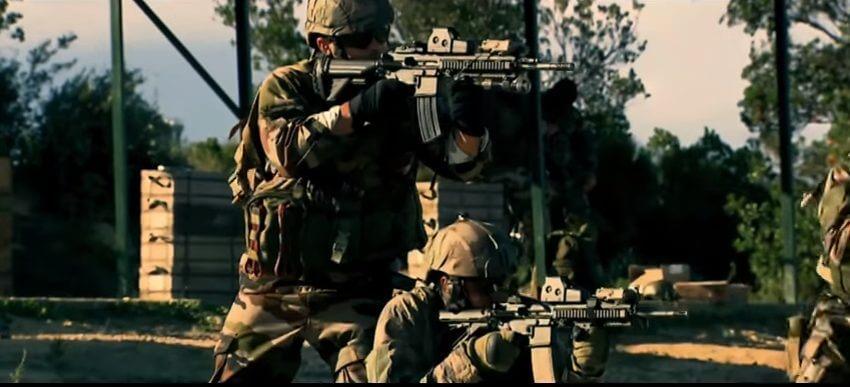
A modified variant of HK416 underwent testing in 2012 by the United States Marine Corps as the M27 Infantry Automatic Rifle. In December 2017, the Marine Corps revealed a decision to equip every Marine in an infantry squad with the M27. FBI HRT and some other SRTs also use it.
Variants
Military variants
The variants chambered for 5.56×45mm NATO available to the military and law enforcement market are:
- HK416C: ultra-compact variant, with “C” for Compact
- M27 Infantry Automatic Rifle: A squad automatic weapon variant developed from the D16.5RS adopted in 2011 by the United States Marine Corps.
- HK416 A5: An improved variant first seen in the Individual Carbine competition.
- HK416 A7 (designated G95): A variant designed for the German KSK and KSM.
- HK417: A full-rifle caliber version chambered for 7.62×51mm NATO.
- D10RS: sub-compact with a 264 mm (10.4 in) barrel
- D14.5RS: carbine rifle 368 mm (14.5 in) barrel
- D16.5RS: a rifle with a 419 mm (16.5 in) barrel
- D20RS: full-sized rifle 505 mm (19.9 in) barrel
Civilian variants
Civilian variants of the HK416 and HK417 introduced in 2007 were known as MR223 and MR308 (as they remain known in Europe). Both are semi-automatic rifles with several “sporterized” features. At the 2009 SHOT Show, these two firearms were introduced to the U.S. civilian market, renamed MR556 and MR762, respectively. Another variant of the MR556 called the MR556A1 is an improved version of the former. It was created with input from American special forces units.
Technical specifications: HK416
| Manufacturer: | Heckler & Koch GmbH, Oberndorf Am Neckar, Germany |
| Designed: | the early 1990s |
| Service: | 2004-present |
| Type: | Gas-operated short-stroke piston, rotating bolt |
| Caliber: | 5.56×45 mm NATO |
| Barrel: | HK416C: 9 in (230 mm)
HK416D: 10.5–20 in (270–510 mm)
HK416F: 11–14.5 in (280–370 mm) |
| Weight (empty): | 3.150–3.850 kg (6.94–8.49 lb) |
| Effective firing range: | 300-800 m |
| Rate of fire: | 700-900 rounds per minute |
| Magazine capacity: | 10-, 20-, 30-round detachable STANAG magazine, 100-round detachable Beta C-Mag |


